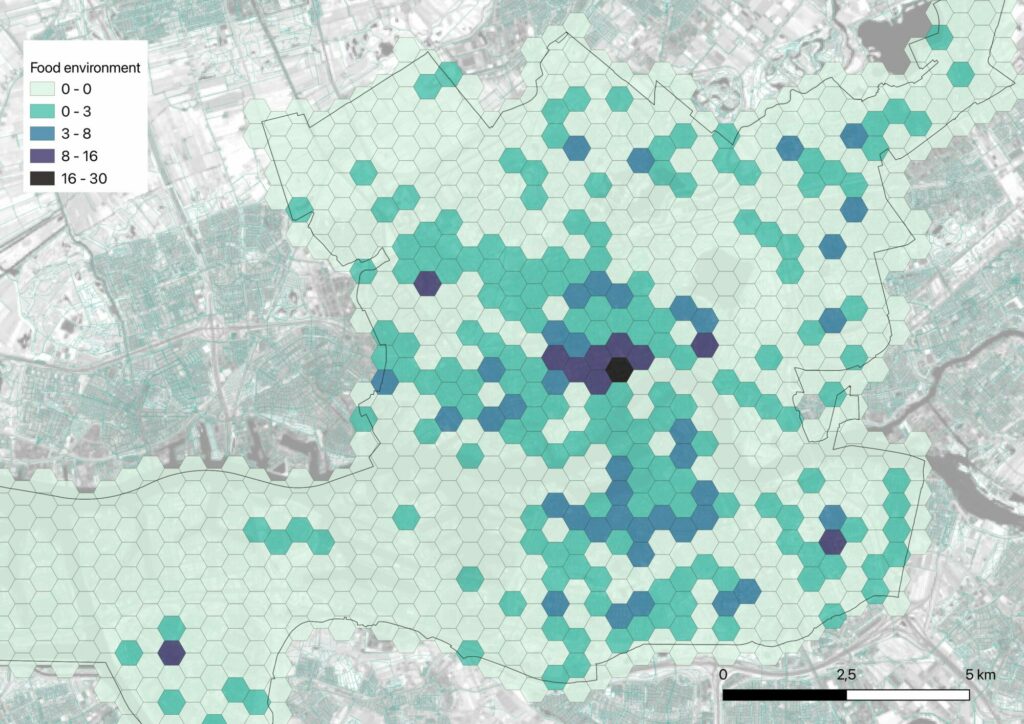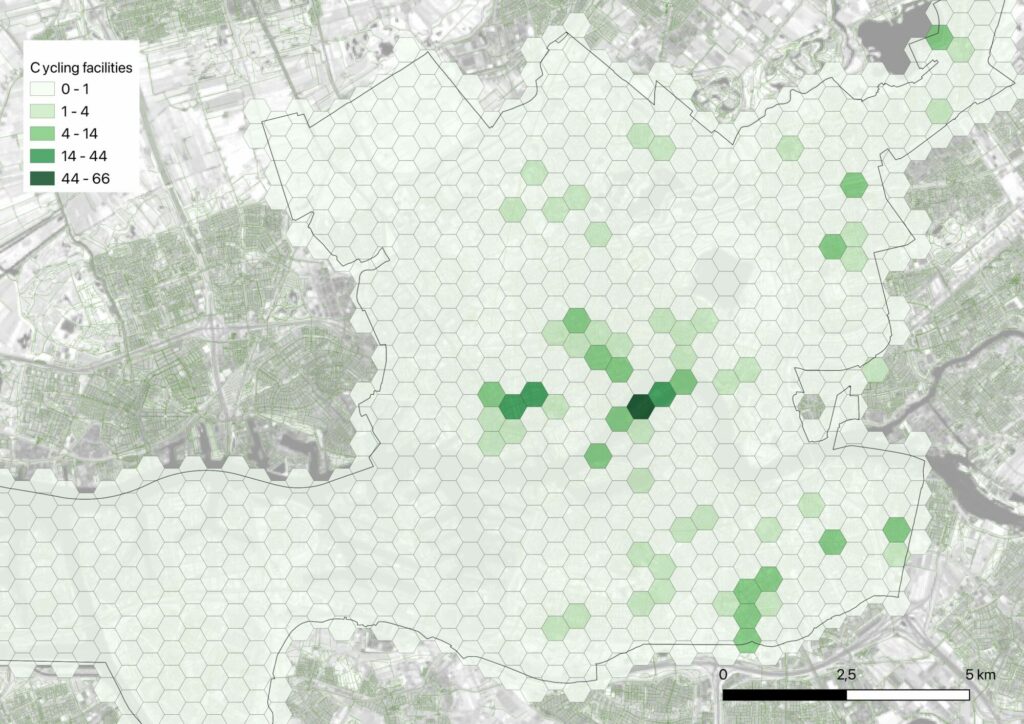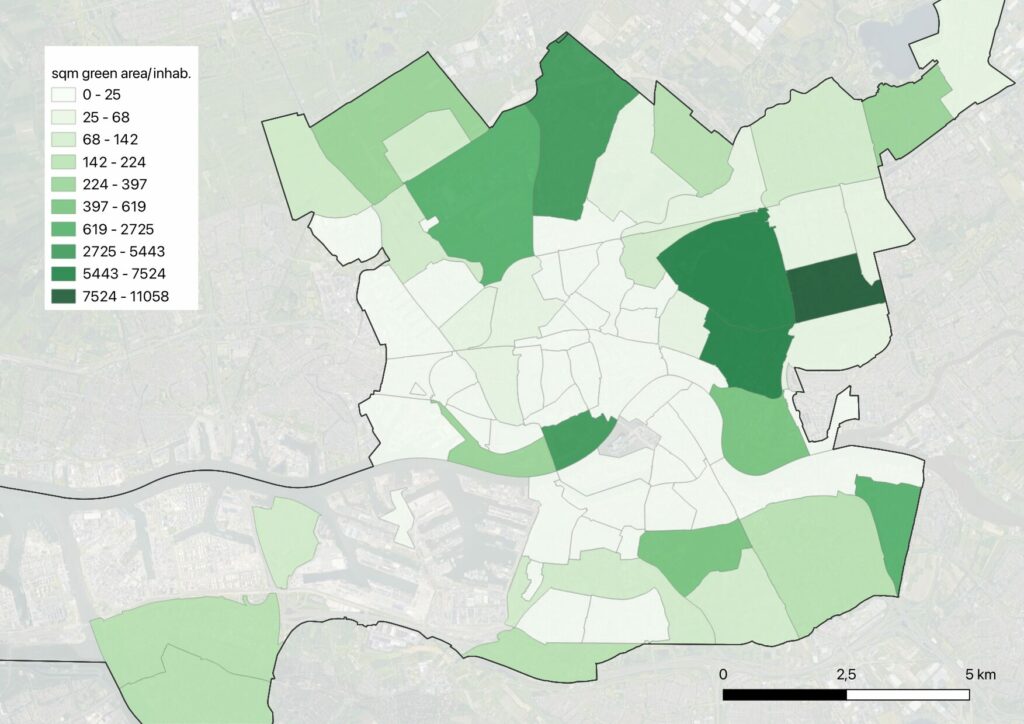HORUS is an innovative European research project spearheaded by the University of Valencia in collaboration with six other European partners from Spain, the Netherlands, and Croatia. The project is being piloted in three vibrant cities: Rijeka, Rotterdam, and Valencia.
Objetive
The primary goal of HORUS is to promote healthier lifestyles, particularly among vulnerable populations, and to empower citizens to maximize the benefits of their urban environments. By addressing behaviors that heighten the risk of diabetes and cardiovascular diseases (CVD), the project aims to foster a healthier community.
Initiated in December 2023, the project will continue until November 2026, structured around three main stages:
- Analysis Stage: Currently underway, this phase focuses on understanding the connections between the urban environment and the lifestyles of vulnerable populations.
- Piloting Stage: Following the analysis, interventions will be implemented to encourage healthier engagement with urban spaces.
- Evaluation Stage: The final phase will assess the pilot interventions, generating insights to refine future interventions and inform urban planning policies.
The importance of a project like HORUS lies in how the urban environment influences our health and lifestyle.
The environment in which we live plays a crucial role in our health and lifestyle choices. Key factors include:
- Proximity to Services: Neighborhoods with accessible shops and services encourage walking over driving, promoting physical activity.
- Health Statistics:
- 89% of health outcomes are influenced by genetics, behavior, environment, and social circumstances—beyond clinical settings.
- Access to green spaces within 300 meters can triple physical activity levels and reduce depression by 25% and asthma by up to 30%.
- Walking just 15 minutes a day can decrease the risk of premature death by 11%.
HORUS Project development
In the initial phase of the HORUS project, we conducted a comprehensive analysis of the three pilot cities: Rijeka, Rotterdam and Valencia. For this we produced thematic maps that visualize the performance of the urban environment in various aspects.
These maps reveal:
- Areas with a high concentration of services and stores.

- Neighborhoods more conducive to walking and cycling.

- Places with abundant green spaces.

By understanding these dynamics, we can better shape our interventions and policies to improve urban health.
We want you to join us on this journey to create healthier urban environments and lifestyles.

